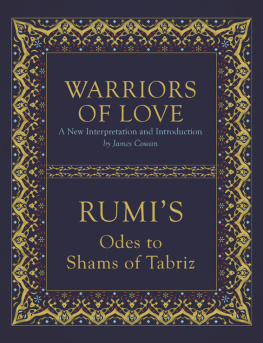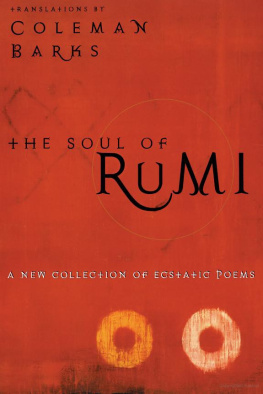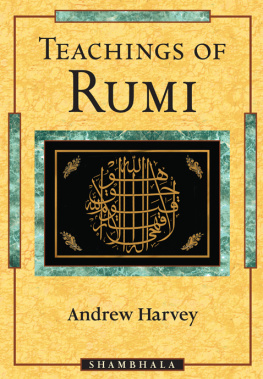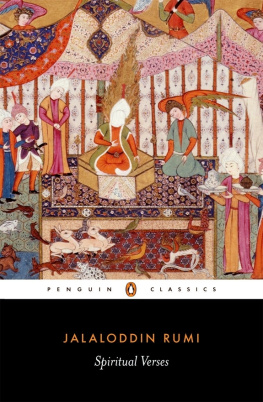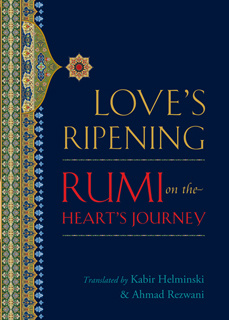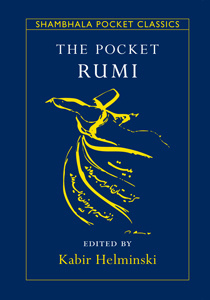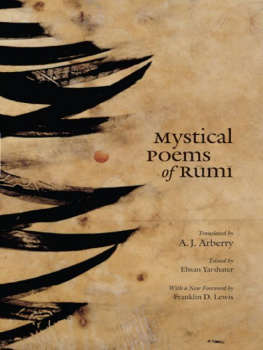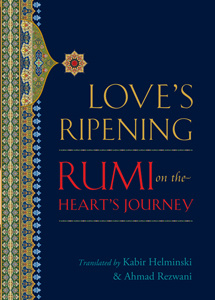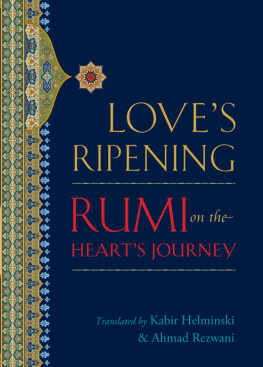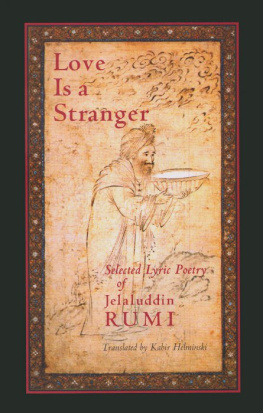First published in 1881 by
Trbner & Co Ltd
Reprinted 2000, 2001, 2002 by
Routledge
2 Park Square, Milton Park, Abingdon, Oxon, OX14 4RN
Transferred to Digital Printing 2007
Routledge is an imprint of the Taylor & Francis Group
1881 James W Redhouse
All rights reserved. No part of this book may be reprinted or reproduced or utilized in any form or by any electronic, mechanical, or other means, now known or hereafter invented, including photocopying and recording, or in any information storage or retrieval system, without permission in writing from the publishers.
The publishers have made every effort to contact authors/copyright holders of the works reprinted in Trbners Oriental Series.
This has not been possible in every case, however, and we would welcome correspondence from those individuals/companies we have been unable to trace.
These reprints are taken from original copies of each book. In many cases the condition of these originals is not perfect. The publisher has gone to great lengths to ensure the quality of these reprints, but wishes to point out that certain characteristics of the original copies will, of necessity, be apparent in reprints thereof.
British Library Cataloguing in Publication Data
A CIP catalogue record for this book is available from the British Library
The Mesnev of Mevln (Our Lord) Jellu-d-Dn, Muhammed, er-Rm
ISBN 0-415-24525-7
Islam: 8 Volumes
ISBN 0-415-24292-4
Trbners Oriental Series
ISBN 0-415-23188-4
THE MESNEV
(USUALLY KNOWN AS THE MESNEVYI SHERF, OR HOLY MESNEV)
OF
MEVLN (OUR LORD) JELLU-D-DN, MUHAMMED, ER-RM.
BOOK THE FIRST.
TOGETHER WITH SOME ACCOUNT OF THE LIFE AND ACTS OF THE AUTHOR, OF HIS ANCESTORS, AND OF HIS DESCENDANTS;
Illustrated by a Selection of Characteristic Anecdotes,
AS COLLECTED BY THEIR HISTORIAN,
MEVLN SHEMSU-D-DN AHMED, EL EFLK, EL RIP.
TRANSLATED, AND THE POETRY VERSIFIED,
BY
JAMES W. REDHOUSE, M.R.A.S., ETC.
LONDON:
TRBNER & CO., LUDGATE HILL.
1881.
[All rights reserved.
THE historian El Eflk was a disciple of Cheleb Emr rif, a grandson of the author of the Mesnev. rif died in A.D. 1320; but as the dates of rifs successors are carried down to A.H. 754 (A.D. 1353), when Eflks collection of anecdotes was completed, the historian must have outlived this last date. As a disciple of the Emr rif, he was a dervish of the order named Mevlev, as being followers of the rule and practices of Mevln Jellu-d-Dn, er-Rm, commonly known in English literature as the dancing dervishes, expressed by Americans: whirling dervishes. The dervishes of the order do not all dance or whirl. Some are musicians, and some singers or chanters, who may, however, be occasional dancers also.
Eflks work gives a sufficiency of dates to fix the principal events that he commemorates. His dates do not agree exactly with those found in other historians. They are, however, sufficiently near for general purposes not of a chronologically critical nature. They commence with A.H. 605 A.D. (1208), and thus cover a period of 145 years dated, besides another 30 years of the lifetime of Jels grandfather undated, who was a noble of such high standing and of so great a reputation for learning and sanctity at Balkh, that the king gave him his only daughter in marriage, unsolicited. His mother was also a princess of the same royal house with his wife.
This royal house was the one known in history as that of Khrezm-shh or the Kharezmians. They were overthrown, and Balkh (the ancient Bactra, or Zariaspa), their capital, destroyed, by Jengz Khn in A.D. 1211. A remnant of their kingdom was continued for twelve years longer by the last of the line, who died, at once a fugitive and an invader, in zerbyjn, in a battle fought against the combined forces of Egypt, Syria, and Asia Minor.
Jels family claimed descent from Ab-Bekr, a father-in-law and the first successor of Muhammed, the lawgiver of Islm. One of the descendants of Ab-Bekr was among the conquerors of the ancient Bactria, when it was first brought under Muslim rule, in about A.D. 650, under the Caliph Uthmn; and his children had maintained a prominent position in that country, possessed of great wealth, until the time immediately preceding the irruption of Jengz.
Jell was the youngest of three children, two being sons, born of the princess, his mother, in Balkh. The eldest, a daughter, was already married, and remained behind with her husband, when her father and brothers left their native city some time between A.D. 1208 and 1211, in which latter year they were at Bagdd. There is no further mention of Jels elder brother. Jell was five years old when they left Balkh. By way of Bagdd they went to Mekka, thence to Damascus, and next to ., No. 69, for a variant.)
After the birth of Sultn Veled at Larenda, Jels father was invited to Qonya by the Seljqi king, Alu-d-Dn Kayqubd, where he founded a college, and where he died in A.D. 1231. The king built a marble mausoleum over his grave, with this date inscribed on it. The king himself died, five years later, in A.D. 1236.
At his fathers death, Jell went to Aleppo and Damascus for several years to study, and then returned to Qonya, where he was appointed professor of four separate colleges. His reputation for learning and sanctity became very great.
But before this journey to Damascus, he appears to have paid a visit to Larenda. For, a former pupil of his fathers at Balkh, who had become a great saint and anchoret, came to Qonya to seek Jell, and was the cause of his returning from Larenda to the capital.


